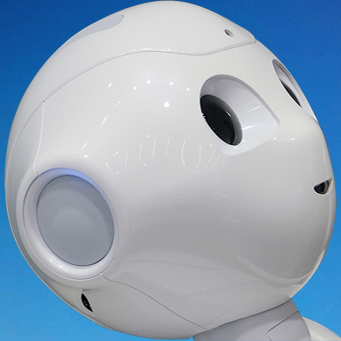
While disembodied artificial intelligence has seen rapid improvements in performance in recent years, most robots are still relatively dumb.
A general-purpose robot needs to integrate input from multiple data sources, understand how those inputs vary at different times of the day or in different kinds of weather, predict the behavior of everything from humans to pets to vehicles, and then sync this all up with the challenging tasks of locomotion and object manipulation.
If company announcements are anything to go by many in Silicon Valley think that’s about to change.
The last few months have seen a flurry of announcements from companies touting autonomous humanoid robots that could soon take on a broad gamut of tasks that currently only humans can perform.
Most recent was Sanctuary’s announcement of its new Phoenix robot last week.
The company has already shown that, when tele-operated by a human, its robots can carry out more than 100 tasks in a retail environment, like packing merchandise, cleaning, and labeling products.
The new robot, which is bipedal, stands five feet seven inches tall and has a hand nearly as dexterous as a human’s.
Their first step is to record the motion of humans doing all kinds of activities, then use this to build better tele-operated robots.
They will gradually begin to automate some of the most common sub-tasks, while the human operator still takes care of the most complex ones.
It seems that human workers training their robot replacements is a popular approach.
A video released by Tesla last week showed off a bunch of new features for the latest version of its Optimus robot, including improved object manipulation, environment navigation, and fine motor control.
Tesla’s robot still seemed fairly slow and wobbly compared to the slick demos we’ve become used to seeing from Boston Dynamics, the original humanoid robot company.
The company has successfully deployed robots in its warehouses for many years, but its first attempt at a domestic robot called Astro was somewhat of a flop.
It was recently announced that ChatGPT creator OpenAI led a multi-million-dollar investment round in Norwegian company 1X, which is preparing to unveil a bipedal robot called NEO. While details were scant, it’s not hard to imagine that the AI leader is keen to find ways to interface its technology with the real world.
Perhaps the most intriguing of all the general-purpose robot companies is Figure, which emerged from stealth in March.
With a team made up of Boston Dynamics, Tesla, Cruise, and Apple veterans, and at least $100 million in funding, the company has ambitions of replacing human labor in everything from logistics to manufacturing and retail.
The company hasn’t released much detail about its humanoid Figure 01 robot, and images have only been graphical renders rather than actual photographs.
There is a new sense of optimism that robots may soon be walking among us.
